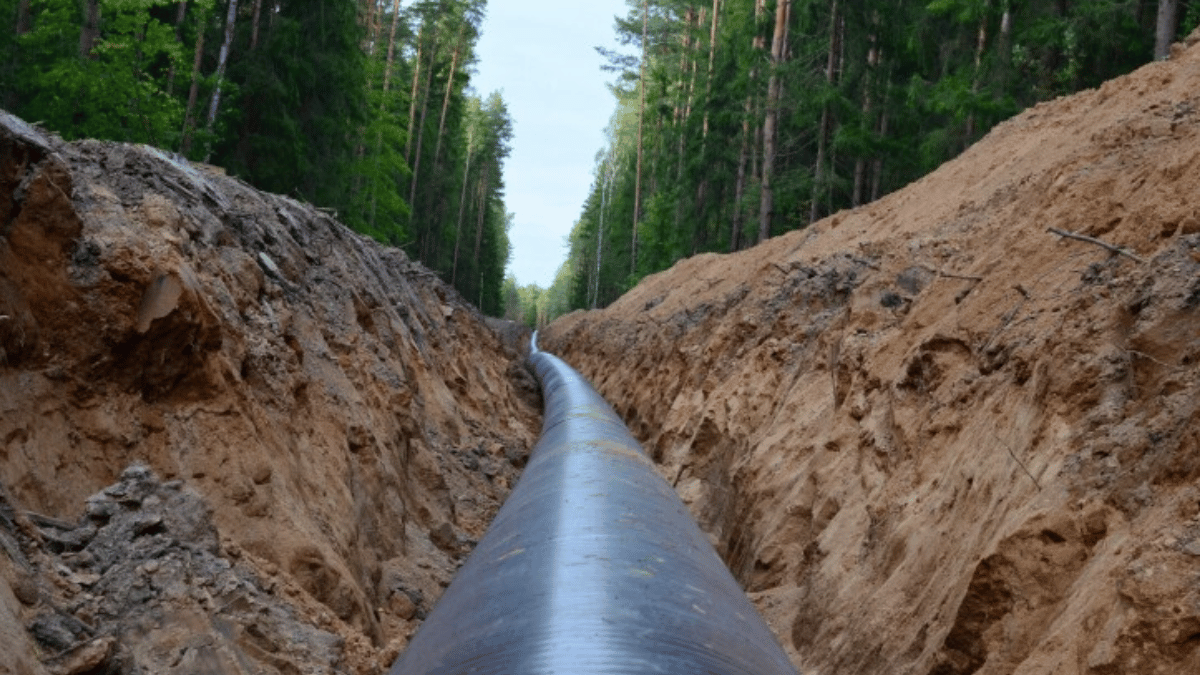CORRECTION: An earlier version of this story should have said companies can eliminate half their emissions with existing technology at no net cost.
The U.S. Environmental Protection Agency said over the weekend that it will curb methane emissions from oil and gas production.
The EPA seeks to cut methane emissions from oil and gas by 80 percent over the next 15 years.
It’s part of an effort to tackle one of the most problematic drivers of global warming. Methane is many times more potent a greenhouse gas than carbon dioxide, though CO2 lasts longer in the atmosphere.
The rules would subtract 58 million tons of methane emissions, equivalent to 1.5 billion metric tons of CO2, the EPA said.
John Rutecki, regulatory and legislative manager in Appalachia for the Environmental Defense Fund, says companies can eliminate half their emissions with existing technology at no net cost.
“This will stop wasted gas,” he said. “So by keeping more energy in the pipeline, you’re obviously ensuring that you’re bringing more gas to market.”
The EPA’s methane rule will begin to take effect next year. One oil producer, BP, welcomed the rule.
